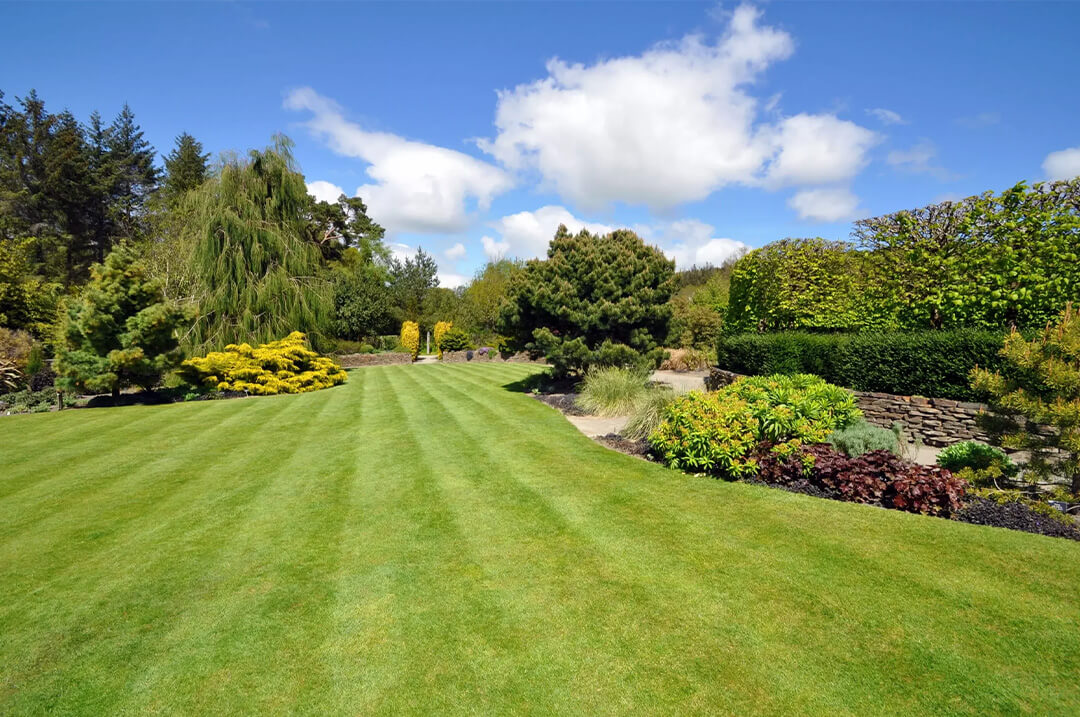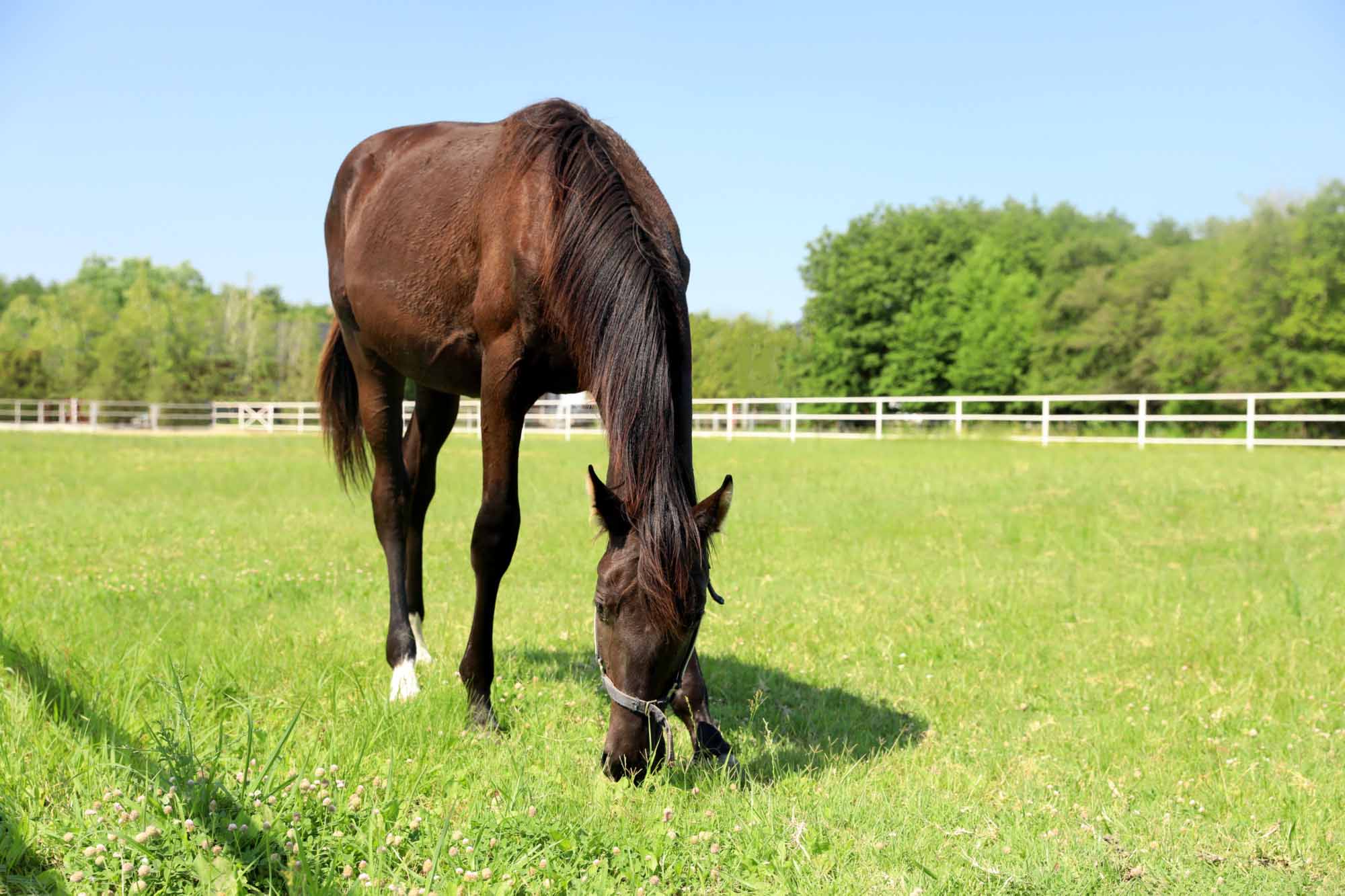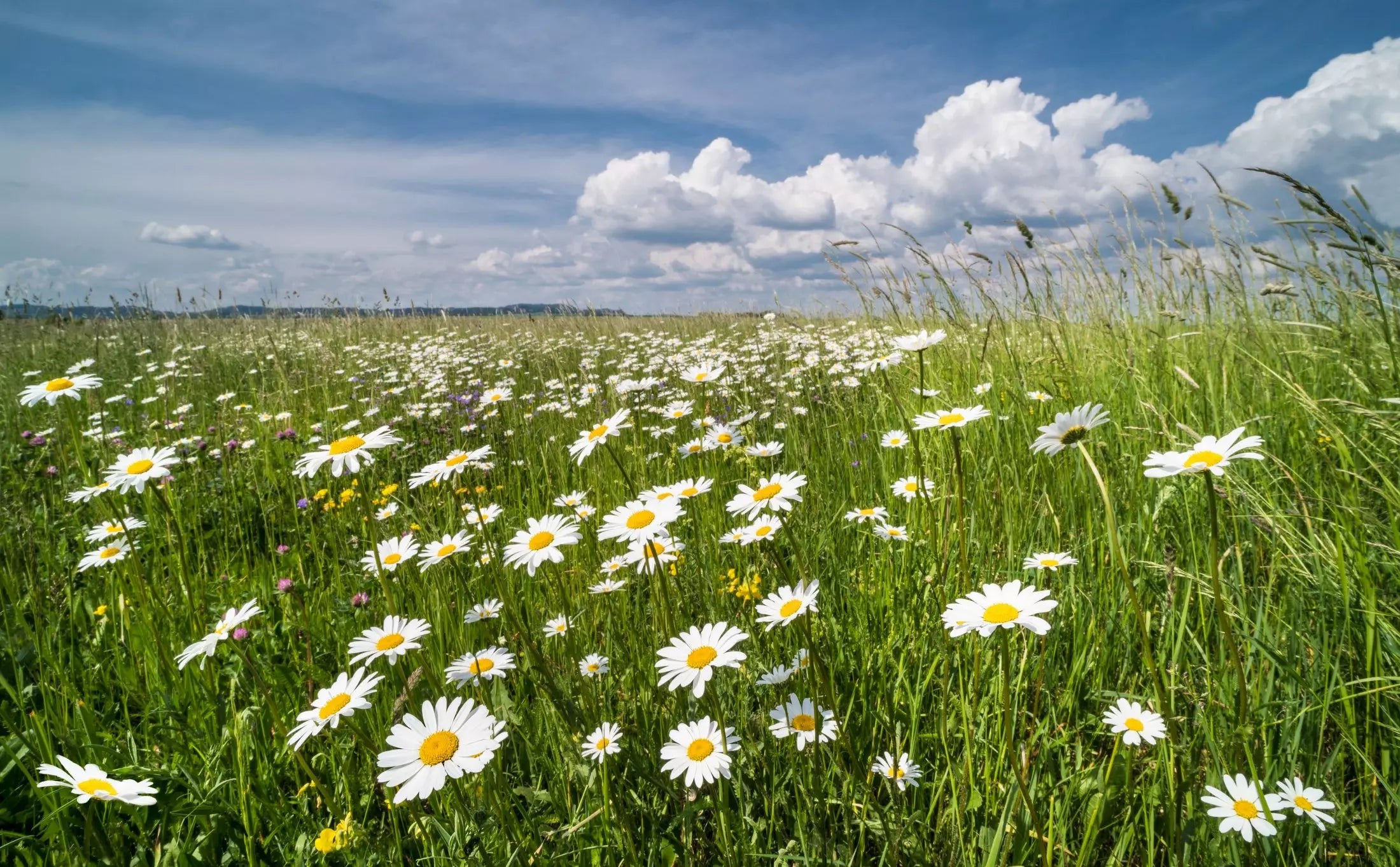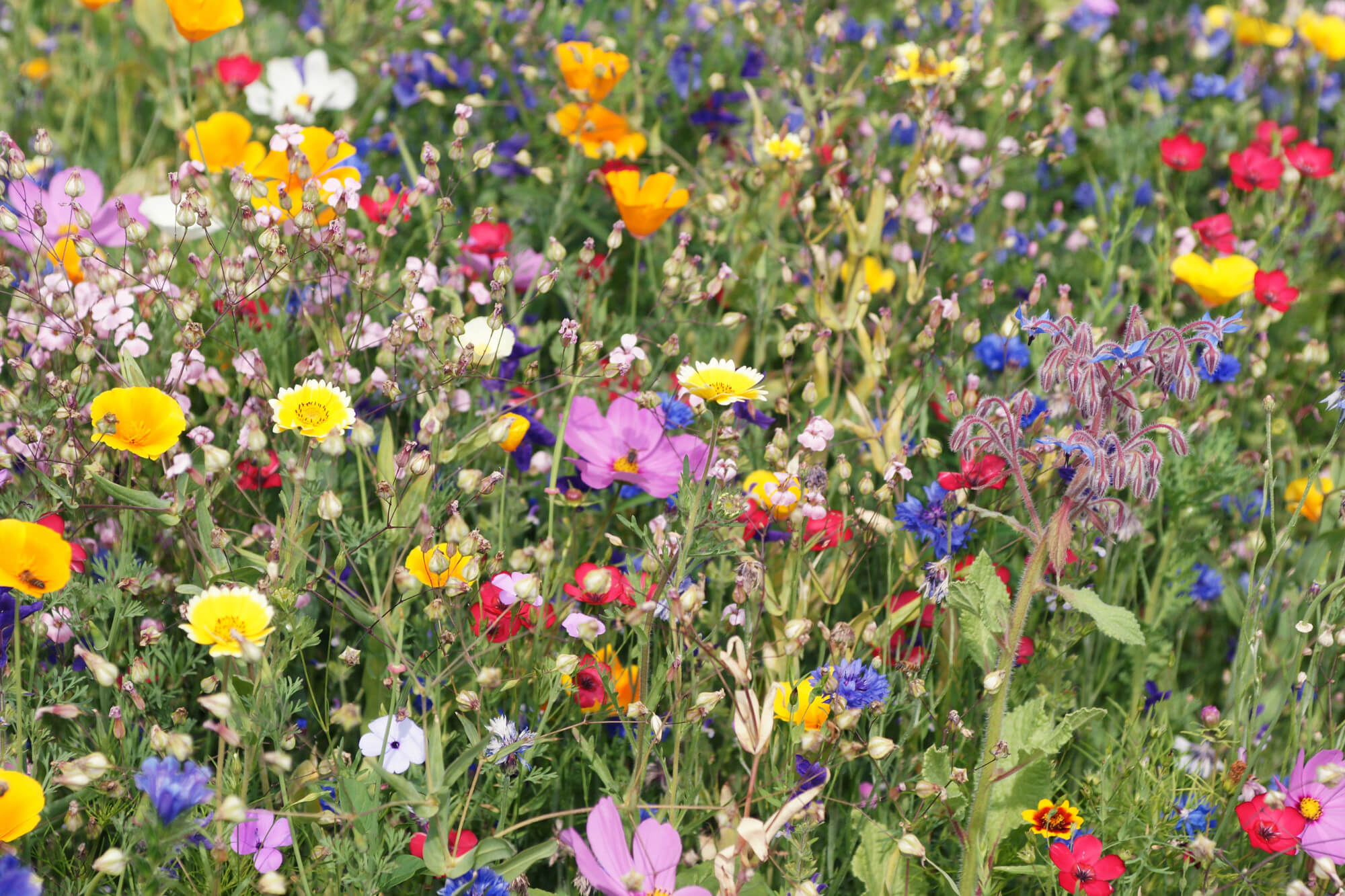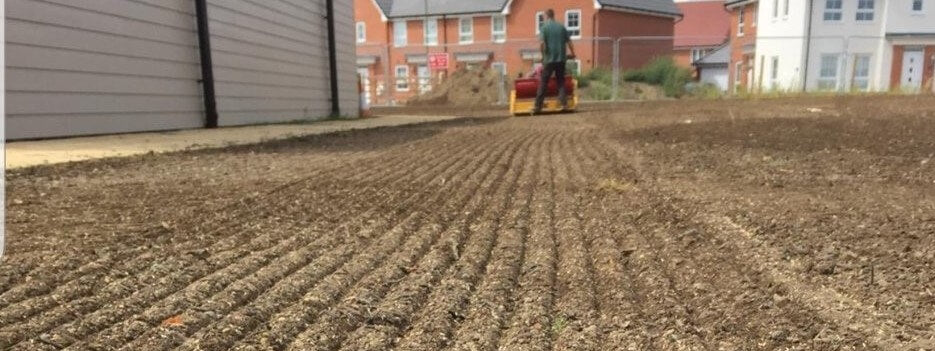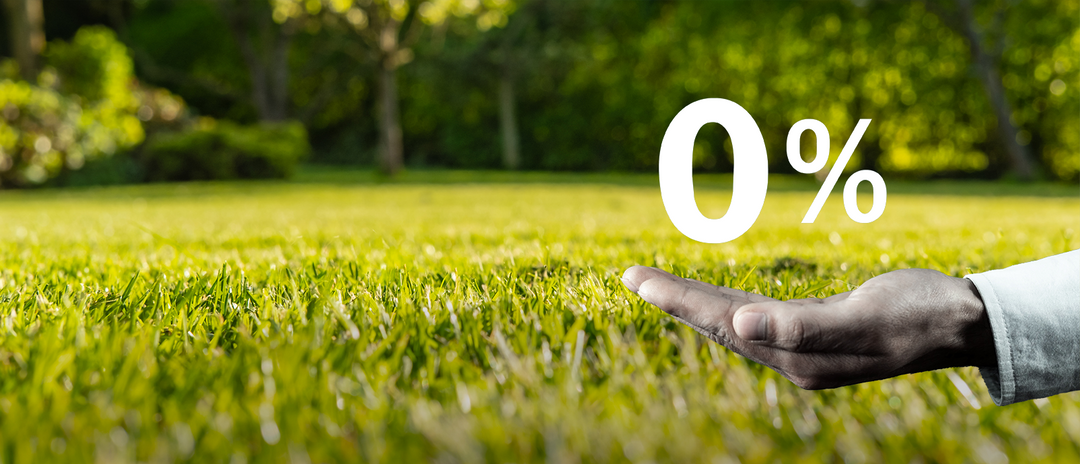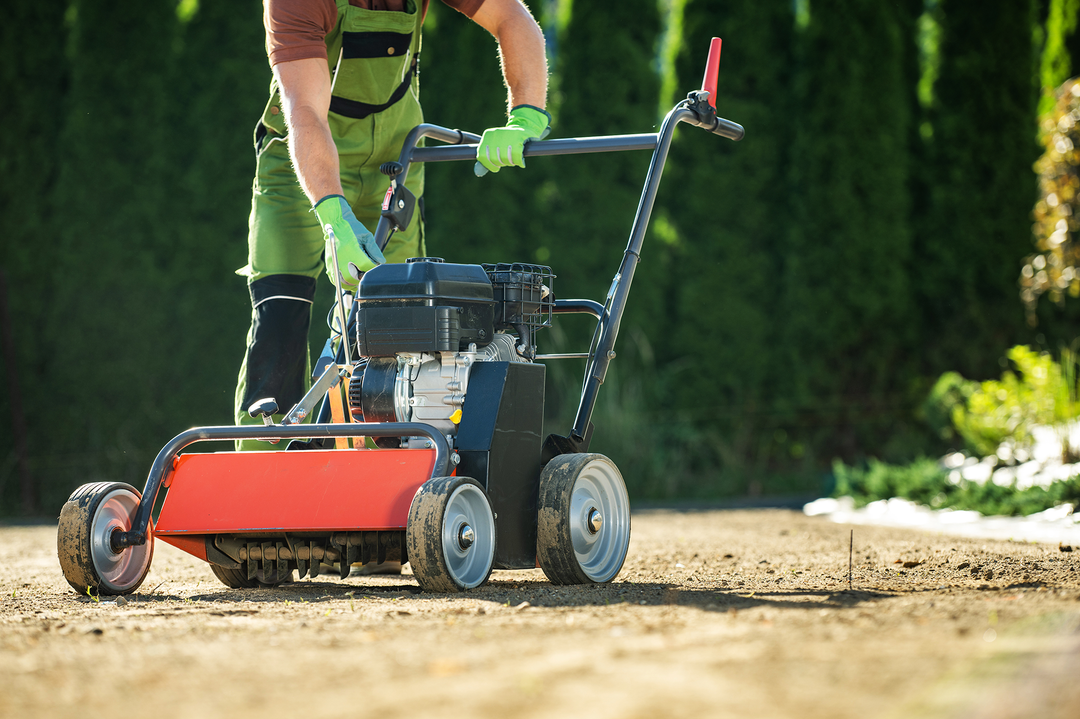As the sun casts its warm glow across your garden, you might wonder if the golden rays are a signal to start sowing new life into your lawn. Summer, with its long days of sunshine, often prompts questions about the feasibility of planting grass seed during its peak months - can I sow grass seed in the summer? Understanding the delicate balance between heat and growth is crucial for any green-thumbed enthusiast.
The dance between scorching temperatures and gentle growth is a complex one, with soil temperatures and unpredictable weather patterns playing leading roles. Before you embark on a summer seeding journey, delving into the factors that influence seed germination in the summer season is essential. Whether it's the sweltering mid-summer sun or the more forgiving late-summer clime, timing is everything.
In this article, we'll uncover the secrets to successful summer seeding and when to sow grass seed. From choosing the right grass seed to the careful art of lawn care during this challenging season. By preparing the soil properly and mastering watering techniques, you can protect those vulnerable new seedlings and ensure your lawn remains a lush, verdely haven even as the mercury rises. Let's embark on a journey to achieve a thriving garden and explore the expert tips for successful summer seeding.
Factors to Consider for Summer Seeding
Summer can be a challenging season to sow grass seeds due to the higher air temperatures and potentially drier conditions. While it is possible to establish a green lawn during this time, several factors must be meticulously managed to ensure successful germination and growth of your grass seedlings.
When choosing to sow grass seed in the summer, it is crucial to keep the soil consistently moist. This generally means daily watering of the newly seeded areas. In some cases, particularly when the weather is exceptionally warm or windy, watering 2-3 times per day for approximately 5-10 minutes can be necessary to maintain the ideal level of soil moisture. A high-quality grass seed mix, tailored to the specifics of summer conditions, can increase your chances of achieving a beautiful lawn.
However, the hot weather's high temperatures can stress young grass seedlings. They might find it difficult to establish and survive unless they receive adequate care. Lawn care during this period entails not only routine watering but also possibly providing shade during the hottest parts of the day.
Considering the type of grass seed is another essential factor. Some grass seeds, such as perennial ryegrass, may have better tolerance to heat compared to others. It's important to select a seed type that can endure summer's demanding conditions.
Lastly, keep in mind that germination rates may vary in high temperatures, and so may the development of the new grass. The goal is to sow the seeds during a period that avoids the extreme heat and dry spells of the season. Late summer to mid-autumn often brings cooler nighttime temperatures that can be more conducive to establishing a new lawn from seed.
Soil Temperatures
Soil temperature is a pivotal factor in grass seed germination. Each variety of grass seed has a specific range of soil temperatures where it germinates best. During summer months, soil temperatures are typically not an issue since they are naturally warmer, providing a conducive environment for germination.
However, soil temperatures that are too high can harm the seed. It is essential to monitor the soil to ensure it doesn't heat excessively, especially in areas with sandy soil, which can heat up quickly. Ideally, soil temperature should remain below 85°F for optimal germination. Maintaining a moist soil surface helps moderate soil temperature and also keeps the seed hydrated, promoting better germination rates.
Weather Conditions
Summer's severe heat, humidity, and the possibility of drought can create harsh weather conditions that are not ideal for planting grass seed. Excessive heat and limited rainfall can cause water stress, requiring significant attention to watering practices.
It is typically recommended to avoid sowing seeds during periods of extreme heat, as this can kill young grass seedlings before they have a chance to establish themselves. Instead, targeting late summer or early fall sowing takes advantage of more moderate temperatures and the likelihood of increased rainfall, which aids in seedling development.
In conclusion, while planting grass seeds during the summer is possible, it demands careful management of watering, soil temperature, and selection of an appropriate grass seed mix. With dedication to these details, you can aid germination and foster a lush, green lawn despite the challenges of the season.
Best Time for Summer Seeding
Planting grass seeds in the summer can bring about a lush, green yard, but timing is crucial. The later part of summer is particularly suited for seeding, harnessing the period’s gradual cooling temperatures and increased moisture, which serve as ideal conditions for seed germination. While the heart of summer benefits from warmth that encourages faster germination and growth, ensuring success requires observance of outdoor conditions closely.
If temperatures regularly ascend above 25°C, postponing seed sowing is advisable, as excessive heat may cause undue stress on the seeds and hinder optimal establishment. It’s important to factor in specific regional climate patterns, as local alterations in weather may provide opportune windows for seeding even within the summer months.
Mid-Summer
Sowing seeds during the peak of summer is a delicate balance. Ensuring constant soil moisture is vital, typically achieved by frequent watering of the seeded areas. Aim for 2-3 watering sessions daily, spanning 5-10 minutes each, to help seeds germinate. However, summer seeding should be approached with caution, and is generally recommended against unless high air humidity and regular rainfall are expected, such as in elevated regions.
While grass seeds do prefer warmth, they do not fare well in the scorching heat. When temperatures soar above 25°C, it is best to delay planting. Yet, with the right care, sowing in summer can accelerate germination and growth, providing an opportunity to cultivate a healthy and robust lawn.
Late Summer
The transition from late summer to early autumn is often pinpointed as the golden window for sowing grass seeds. During this period, temperatures begin to cool, morning dew becomes more abundant, and the onslaught from weed seeds typically wanes, reducing competition. Seeding in late summer or early autumn favors the successful establishment of new turf. The gentler conditions allow seedlings to establish roots without the stress of the intense mid-summer sun.
This timing not only introduces the newborn grass to the world in comforting conditions but also aids in developing strong roots in preparation for the colder months to come. With less weed competition, you’re paving the way for a dense and verdant lawn that can stand the test of the seasons.
The problems with establishing grass seed usually come from sowing it to early. When done right, sowing in the summer can give great results.
Choosing the Right Grass Seed
When embarking on the journey to create a vibrant green lawn, selecting the right type of grass seed is crucial. With a plethora of species tailored to diverse climates and use-cases, it's important to identify the one that aligns with your environmental conditions and lawn aspirations.
Key Considerations for Grass Seed Selection:
- Germination Rates: Different seeds have varying speeds to sprout. Perennial ryegrass, for example, germinates quickly.
- Soil Temperatures: Seeds require ideal soil temperatures to germinate—cool-season grasses prefer cooler soil, while warm-season grasses thrive in hotter soil.
- Weather Conditions: Grass seeds demand consistent weather conditions. Dry spells and high air temperatures can hinder growth, necessitating attentive lawn care.
- Soil Type: Sandy soil drains rapidly but may need extra attention to keep soil moist. Ensure the seed is suitable for your soil.
- Lawn Use: Consider if your lawn will face heavy foot traffic or play areas for children, which necessitates a more resilient grass type.
Remember, investing in high-quality grass seed is advantageous for a robust lawn. While any seed mixture can be sown in the summer, consistent watering and care are imperative, as young grass seedlings are sensitive to extreme heat and dry conditions. Seed type matters less than providing optimal growing conditions to assist germination and establishment.
Preparing the Soil for Summer Seeding
Preparing the soil for a pristine summer seeding is as important as selecting the right batch of grass seed. Begin by loosening the soil to promote aeration, which is crucial for robust root development. Raking the area until it's smooth helps to remove clumps and rocks, creating an even canvas for the seeds to distribute evenly. Before you introduce seeds to their new home, watering the area thoroughly primes it for speedy germination.
Proper site preparation can't be overstated. If your lawn shows signs of compaction, aeration is a must. This process involves perforating the soil with small holes to allow air, water, and nutrients to penetrate the grass roots. Levelling the ground and filling in any dips or holes ensures uniform seed placement and ultimately, a uniformly lush lawn. These preparatory acts set the stage for successful summer seeding, paving the way for those grass seedlings to flourish.
Testing Soil Moisture
Grass seeds are like Goldilocks – they need conditions that are just right. Moisture testing is imperative; the soil should be damp to the touch but not soaking wet. If you're dealing with clay soil, aim for around 12mm of watering, while sandy soils might need up to 25mm to provide a conducive environment for grass seed germination.
Adjust your watering schedule according to your soil's type and the weather – hot and dry conditions mean you'll be on the higher end of the watering spectrum. To give your seeds the best start, consider a light topdressing of soil to keep them from drying out or being washed away. Initially, you may find yourself watering daily to maintain the ideal moisture levels, especially during the first six weeks when the growing grass is most vulnerable.
Soil Preparation Tips for Sandy Soil
Sandy soil presents a unique challenge when sowing grass seed, primarily due to its fast drainage and poor nutrient retention. Here's a table with steps to enhance its suitability for your lawn seed mixture:
|
Step |
Action |
Purpose |
|---|---|---|
|
1 |
Add lawn soil |
Improves moisture and nutrient retention |
|
2 |
Remove debris & rake flat |
Creates a smooth, even surface for seeding |
|
3 |
Firm the soil by walking over it |
|
|
4 |
Rake in lawn fertiliser |
Boosts soil fertility for better seed germination and growth |
Following this approach ensures that even with a base of sandy soil, you're enhancing its potential to support a thriving, green lawn. Remember, careful preparation and maintenance serve as the groundwork for those grass seedlings to develop into a lush carpet of lawn that will make your neighbours green with envy.
Lawn Care during Summer Seeding
Summer seeding can be a successful venture, yielding quick grass germination and growth due to the warmer temperatures that grass seeds covet. However, diligence in lawn care is the pivot around which a thriving summer lawn revolves. Ensuring your fledgling grass receives the appropriate care is critical, as negligence—particularly in watering and maintenance—can stifle its potential, leaving you with a lacklustre lawn.
When bestowing your lawn with its sprinkle of summer seeds, remember to support them with the necessary sustenance. Integrating fertilisers into your lawn care routine either before or after seeding can deliver a buffet of essential nutrients, fostering robust and healthy seed germination and growth. This buffet nourishes the soil, providing a foundation upon which your green lawn can mature into full splendour.
Watering Techniques
Mastering the art of watering is essential for nurturing a nascent summer lawn. First, ensure the soil’s top inch is sufficiently moistened prior to germination. Once your seeds have taken root and sprouts appear, it's time to adjust your irrigation game plan. During these early stages, aim for watering depth—wetting the soil to a depth of about three inches encourages deep root growth, which is vital for the grass's longevity.
As your grass gains strength and stature, shift your watering schedule to once or twice a week, still targeting a moisture depth of three inches. This reduction in frequency encourages roots to delve deeper in search of water, reinforcing the lawn's resilience. Once your grass proudly stands on its own—a fully grown turf—it’s time to put a pause on regular watering, unless a drought decrees otherwise.
Young grass is ready for its first trim when heights hit about three inches. Keep the blade set high during this debut season, aiming for a 3 to 4-inch cutting height to promote a dense and healthy growth pattern. Strategic watering, meaning thorough soaking at less frequent intervals, is a cornerstone of effective lawn maintenance; it underpins the lushness and vibrancy of your grass.
Protecting New Grass Seedlings
As delicate as they are promising, new grass seedlings must be shielded from the harsh gaze of the summer sun. While warmth is welcomed, scorching temperatures can hinder the ascendancy of these tender shoots. Maintaining an oasis of moisture in the soil is paramount for grass seedlings during their germination marathon—a battle against both heat and evaporation.
Employing a light mulch or choosing a shaded time of day for watering can provide seedlings with some reprieve from the intensity of midday sun. Furthermore, morning irrigation routines bestow upon seedlings the benefit of cooler temperatures and reduced wind, resulting in a minimised loss of moisture while maximising the water uptake.
Tending to new grass requires you to perform a balancing act. Adequate moisture must be weighed against the risks of overwatering, which can lead to disease or poor root development. Vigilance in your watering technique—and an understanding of your lawn's particular needs—can mean the difference between a patchwork of struggling sprouts and a uniform sea of green tranquility.
Tips for Successful Summer Seeding
Summer can certainly challenge the typical gardener looking to cultivate a lush, green lawn from seed. As you consider sowing grass seeds during the warmer months, keep in mind that high air temperatures and potential dry spells call for diligent care.
Tips for Successful Summer Seeding:
- Water Wisely: Maintain soil moisture without over-saturating. Frequent, light watering helps seedlings without causing runoff or erosion.
- Choose Correctly: Opt for a high-quality grass seed mix that suits your climate. Some grass types, like perennial ryegrass, tolerate heat better.
- Watch the Weather: Aim for sowing before a forecasted mild spell. Extreme heat can impair germination rates and stress young grass seedlings.
- Soil Prep: Ensuring your soil is fertile and aerated can help. Sandy soil, for instance, requires more frequent watering due to its quick draining quality.
- Timing is Key: If possible, plan your sowing for late summer when the soil is still warm but the temperatures start to ease, particularly the night-time temperatures.
- Measure: Use the right amount of seed per square metre to avoid overcrowding as this can lead to uneven growth and vulnerability.
- Maintenance: Keep your seeded area clear of foot traffic and monitor for any weed seeds that can compete with your new grass.
By following these simple, yet effective lawn care guidelines, your summer seeded grass has the best chance of flourishing into a vibrant lawn. Remember, patience and persistence in maintaining the right conditions for your batch of seed will reward you with a beautiful green space.





